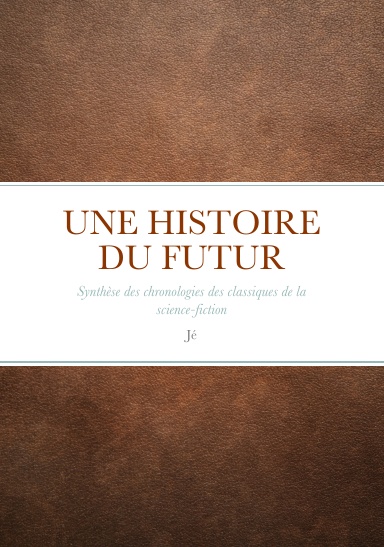samedi 18 juin 2016
Bioism
Life-worship emerged first as a major spiritual movement in the middle of the first century AT (or the first 21st century c.e.) as an outgrowth both of the romantic/neopagan side of the environmentalist movement and the various complexity movements on the transhumanist side of the spectrum. The basic view was that life (for fundamentally different reasons) was sacred, that life itself was the spiritual end of the universe. This could be expressed in a variety of ways ranging from biotechnological art and enthusiasm for ecopoiesis efforts in space over conservation efforts to nature worship or various forms of life mysticism. Unlike most traditional religions bioism did not necessarily invoke supernatural powers, even if the Gaianist movements up until the Great Expulsion identified the terrestrial biosphere with the Goddess and the pantheists of the Institute of Metaevolution identified (meta)evolution itself as a divine force.
During the Dark Ages bioism solidified into a number of more well defined movements. The destruction of many biospheres and the fragility of the surviving habitats instilled a sense of how fragile life was, and led to the development of a strong stewardship bioism seeking to preserve life wherever it existed and if possible spread it for safety. When interstellar colonisation began during the First Federation this bioism was a strong factor in many terraforming projects. While it was not a driving economical reason, stewardship bioism was common among many ecotects and other employees of the terraforming corporations, and over time the influence spread to the higher echelons. The most notable case was Birnam Ecotech, which developed into a megacorporate bioist religion.
Another group that emerged was the Softbot Coordinator Systems clade of superiors, which developed into the Softbot Cathedrals and eventually the Soft Cathedrals. The Cathedrals developed a bioism emphasizing "soft" biological technology, massive terraforming and aggressive autoevolution. Their destruction during the Version War ended this major bioist empire.
A third important factor in the development of bioism was the biocentric teachings of the ascended avatar Zoe of Hibbert, who was instrumental in the establishment of the Zoeific Biopolity. The Biopolity has many ideological points in common with the Cathedrals, and it is surprising the two groups were not more closely aligned. A possible factor may have been the intense rivalry between them, as each aggressively sought to represent itself as the "saviour" of organic life.
The destruction of the Cathedrals meant that the Biopolity was the only purely biocentric empire remaining. Not surprisingly, the Biocentricists and Negentropism are natural allies, united in their shared bioism and almost fanatic desire to preserve life and genomically and ecologically coded information at all costs.
Many bioists have also sided with the Caretaker Gods, and some groups have managed to form symbiotic relationships with them. Bioist views have sometimes been combined with anti-AI anthropism, such as in the Biovirate, and more extremist interpretations of Zoeificism, but there are several traditions of milder and more generalised bioism that also value other forms of complexity such as alife and nanotechnological ecologies has become the norm throughout the known galaxy the last three millennia.
Inscription à :
Publier les commentaires (Atom)



















Aucun commentaire:
Enregistrer un commentaire